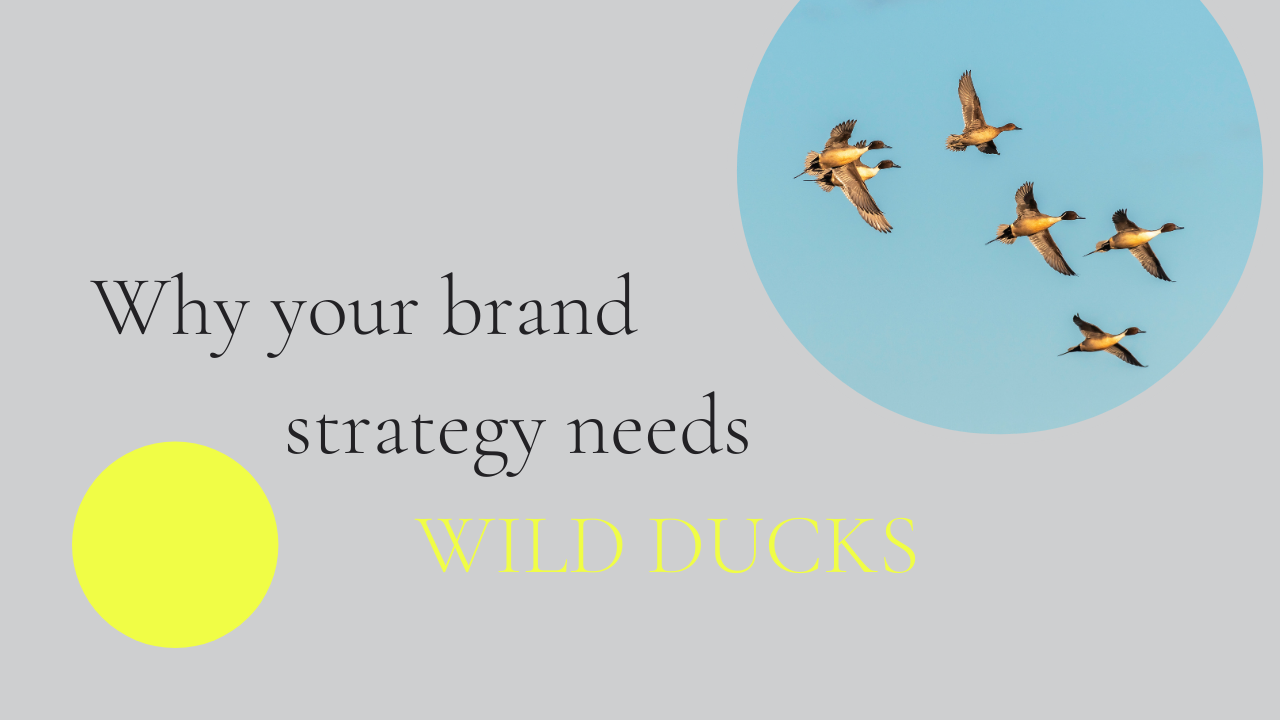How To Write Meaningful And Memorable Company Values

In my Brand Strategy Academy course this week, we’ve been talking about how to do competitor research, in order to ensure that your brand strategy is sufficiently differentiated.
I choose these words carefully, because despite the old adage of, “DIFFERENTIATE OR DIE!”, the reality is that it’s just not realistic to write a brand strategy where every single idea in it is different from your major competitors’. This is particularly true when you get to writing WHO you are and HOW you do things – what companies often call their values, beliefs or behaviours.
Take Visa, Mastercard and American Express – 3 of the 35 most valuable brands in the world.
If you look at WHO they are and HOW they say they do things, all three talk about integrity:
- WE DO WHAT’S RIGHT - Amex
- We act with integrity and respect – Mastercard
- Doing well by doing right – VISA
And they all include the idea of succeeding through collaboration:
- WE WIN AS A TEAM – Amex
- PARTNERSHIP: We work as one team to the benefit of all – Mastercard
- COLLABORATION: Pulling ahead by pulling together – VISA
Is it wrong for them to do this?
Well, no - not if working collaboratively together is incredibly relevant to how they will deliver on WHY they exist, AND is really authentic to the way they do things, or the way they NEED to do things in the future.
To create a strong brand strategy there are three key inputs: customer relevance, company/product authenticity and competitor differentiation, and not every idea in your brand strategy needs to fit right in the middle of this venn diagram.
But stick ‘innovative’ alongside ‘collaborative’ and acting with ‘integrity’, and you’ve got the three most commonly used value statements that you find across all categories.
So what to do?
How to create different, memorable and meaningful company values
Firstly, do a competitor audit so you understand the ideas that you just HAVE to AVOID. Like the idea of being ‘priceless’ if you were competing against Mastercard. While this started as an advertising idea, it’s now at the heart of WHY they say they exist: to 'connect people and organizations around the world to priceless possibilities with technology that makes transactions safer, simple, smart and accessible, enabling greater opportunities for everyone.'
You’d avoid this idea just like you wouldn’t use the phrase ‘do no evil’, if you were competing with Google, or talk about being in the business of ‘sheer driving pleasure’ if you were up against BMW.
It’s not about getting sued for stealing someone else’s idea – it’s about failing to build a strong brand – failing to do what I talk about in Brand Strategy in 7 Simple Steps. You’ll struggle to build a set of distinctive associations in your customers minds that help you stand apart. You’ll struggle to attract the best talent from your competitors because they won’t feel you offer anything new or different to compel them to find out more. You’ll struggle to help potential clients or customers understand why they should choose you over others.
Secondly, when you need to express similar values to your competitors’ – like being innovative – define them in a way that is more meaningful and memorable to the people who need to deliver them – your employees.
IBM broke down their idea of ‘Innovation that matters - for our company and for the world’ into three core values that help people understand HOW they should do things:
- Relentlessly reinvent – our company and ourselves
- Dare to create original ideas
- Treasure wild ducks.
I know which one made you pause.
Why are Wild Ducks in IBM’s brand strategy???
Because this captures how to contribute to ‘innovation that matters’ in a different, meaningful and memorable way.
Former IBM Chairman, Thomas J. Watson, Jr., explained that:
"In IBM we frequently refer to our need for 'wild ducks.' The moral is drawn from a story by the Danish philosopher, Soren Kierkegaard who told of a man who fed the wild ducks flying south in great flocks each fall. After a while some of the ducks no longer bothered to fly south; they wintered in Denmark on what he fed them. In time they flew less and less. After three or four years they grew so lazy and fat that they found difficulty in flying at all. Kierkegaard drew his point: you can make wild ducks tame, but you can never make tame ducks wild again. One might also add that the duck who is tamed will never go anywhere any more. We are convinced that any business needs its wild ducks. And in IBM we try not to tame them."
You can see the power and potential of this idea in this film they made to celebrate their centennial.
It’s a lot more impactful than just telling their employees to be innovative.
The wild ducks at IBM showed they were still flying this month when they announced one of the largest and most ambitious company reinvention initiatives they've ever embarked on: the plan to split the business into two separate, public traded businesses by the end of 2021.
Remember their other core value under innovation?
'Relentlessly reinvent – our company and ourselves.'
So when writing a brand strategy, while every single idea in it might not be different, you can drill down to express things in ways that are more meaningful and memorable to the people who need to deliver the strategy. Because that’s when strategy drives action, that drives results.
Fly onwards wild ducks.

Get brand strategy smarter in 5 minutes a week
Join our weekly newsletter. No fluff. Sent Fridays.
By clicking the button, you agree to receive the 'Brand Strategy Smarter' newsletter and marketing emails from Brand Strategy Sarah about our products and services. Unsubscribe at any time.


